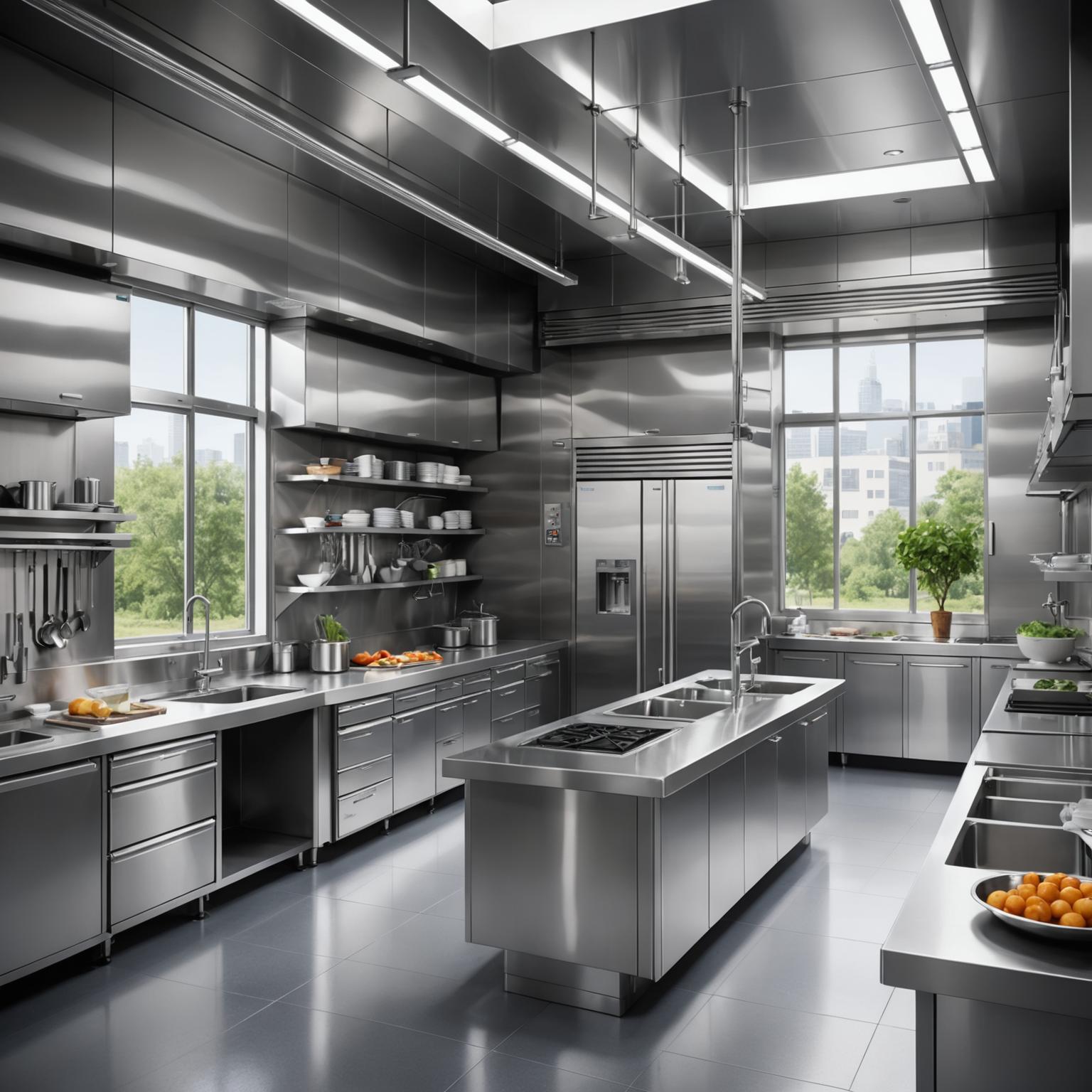
1. What is stainless steel material?
Stainless Steel is an iron-based alloy with its main components including iron, chromium (≥10.5%), nickel, carbon, etc. The chromium element forms a dense oxide film on its surface, thus providing excellent corrosion resistance.
2. Core characteristics of stainless steel
-
Corrosion resistance: The higher the chromium content, the stronger the rust resistance (for example, 316 stainless steel contains molybdenum and has stronger acid resistance).
-
High intensity: Suitable for load-bearing structures, such as bridges and architectural curtain walls.
-
Hygiene: Food grade stainless steel (such as 304) complies with FDA standards and is used in kitchen equipment and medical devices.
-
Beautifulness: The surface can be polished and brushed, suitable for decoration projects.
3. Common stainless steel material types
| type | characteristic | Main uses |
|---|---|---|
| 304 stainless steel | Contains 18% chromium, 8% nickel, universal corrosion-resistant | Kitchenware, water pipes, food equipment |
| 316 stainless steel | Contains 2-3% molybdenum, resistant to seawater and chemicals | Shipping, chemical industry, medical |
| 430 stainless steel | Low nickel, magnetic, low cost | Home appliances, decorative parts |
| 201 stainless steel | Manganese replaces part nickel, economical | Interior decoration, furniture |
4. How to choose the right stainless steel material?
-
Environmental factors: High humidity or salt spray environment is preferred for 316.
-
Budget: 201/430 is suitable for low-cost projects, 304/316 is suitable for high-end needs.
-
Processing requirements: 304 is used for deep stamping, and carbon content should be paid attention to when welding (low carbon 304L).
5. Industry application of stainless steel
-
architecture: Curtain wall, handrail, steel structure.
-
Medical: Surgical instruments, implants (requires 316L medical grade).
-
Food Industry: Storage tanks, conveying pipelines (304/316 food grade required).
6. Frequently Asked Questions
-
Q: Will stainless steel rust?
A: Rust may occur in environments such as chloride ions (such as sea water) or mechanically damaged, but the probability is lower than that of ordinary steel. -
Q: How to identify 304 and 201 stainless steel?
A: Use magnetic test (201 slightly magnetic) or chemical reagents (difference in manganese content).








